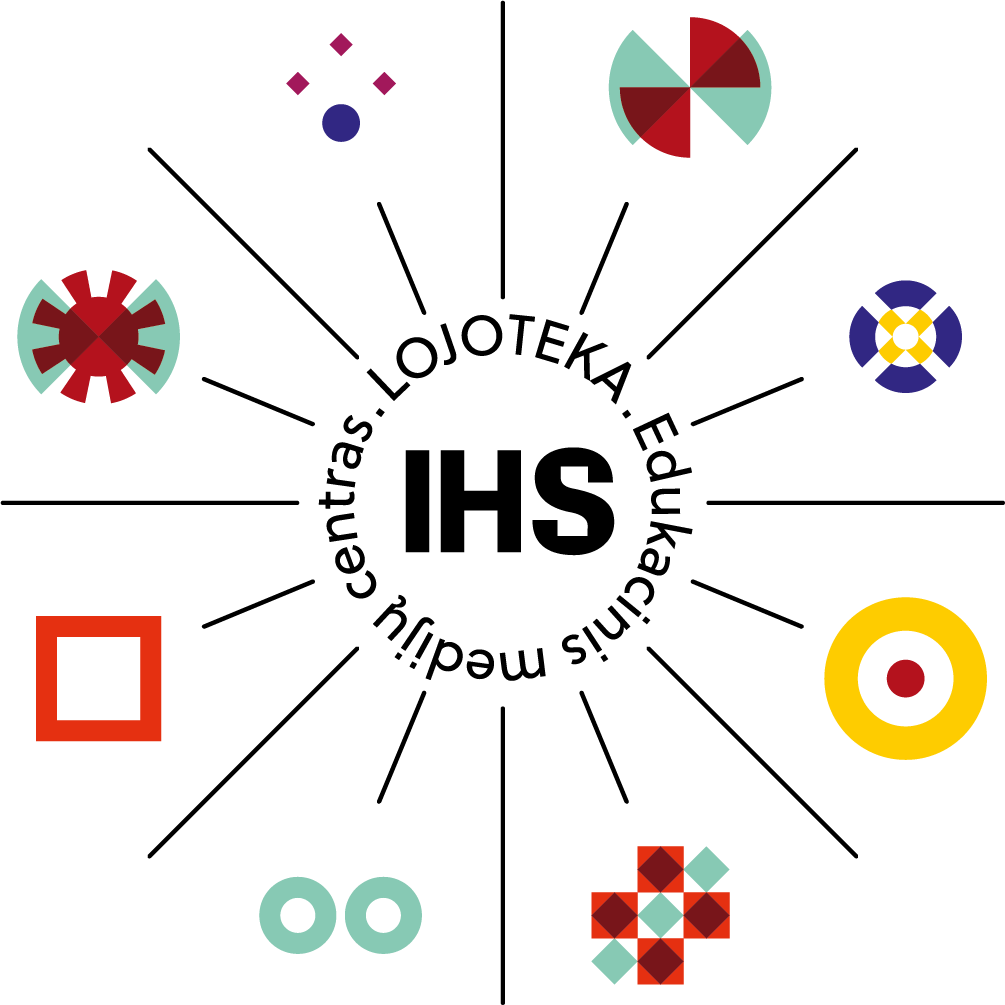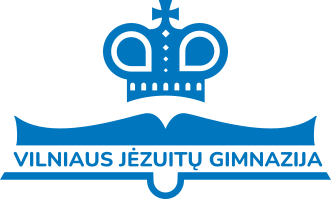Why was a new library needed?
The idea to combine the Vilnius Jesuit High School’s and the Jesuit monastery's libraries and make it all public to the people of Vilnius had formed a while ago. Both libraries had outgrown their own living conditions. The school library, just like the school - started operating 25 years ago and lived through many changes. Firstly, it was opened on the second floor (what now is the IT classroom). In 1997 the library was moved to the building adjacent to the school, while in 2011 it was moved once again into the main building opting to try and fit into a mere 62 sqr. m. room. During its stay in the main building, the library was far too small for efficient work among more than 12 students (during that time, almost 800 students and 100 staff workers were present in the school every day). Meanwhile, the Jesuit library began its life in one of the most important monastery complex buildings - the collegium, otherwise known as the profess’ house (historically used as a living space for older monks or a temporary stay for noble worldly guests). It was located on the 4th floor. Any future development for the library wasn’t possible, as the heavy weight of the books forced the old building’s structure to start caving in and generally made a negative impact towards it. The library was inaccessible to the outside world, only Jesuit monks and certain academic individuals were permitted to use it. And so, the idea to combine the two libraries and make them public was finally made into an active project in 2012.
And so, during the fall of 2016, the construction in the Vilnius Jesuit monastery building east courtyard began. The architecture mimicked an old farm house that once stood in the same place.
The new library marginally passes the usual school libraries. Cultivating here, is a modern, creativity encouraging, educational space for the student body - unrestricting, open, aesthetically pleasing and functional. If the need arises, the space can quickly shift to accompany individual or group work, educational experiments, cozy meetings, self-education, communication or meaningful leisure.
The new building is made up of two floors. The first floor consists of: the main reading area (useful for conferences and meetings), cozy nooks for group work, a terrace that leads to the courtyard. Second floor: areas for individual work. The building’s bottom floor: music, video and photo studios,a small movie theater, fund vaults, and leisure areas. The bottom floor is also used for ensuring underground connections with other nearby monastery buildings (the church, the school).
What does the project look like in future contexts?
The Society of Jesus (SJ) was formed in 1540 by Ignatius of Loyola. Since their first day, the order gave a large portion of their attention towards education. It is notable that the Jesuits did not only prioritize educational facilities but surrounding libraries as well.
During the XIV century, the Jesuits’ work reached Lithuania. The start of it all was the first Lithuanian university, now known as the Vilnius university. In Lithuania’s current educational field operate three Jesuit established schools: Vilnius and Kaunas Jesuit High Schools as well as Šiauliai Jesuit School. The main purpose of the schools is to foster people that are wholeheartedly devoted to others, able to educate themselves and cultivate the dialogue between faith, nature and culture in modern society.
Both the Vilnius Jesuit monastery and the Vilnius Jesuit High School library funds are stored in the library building. They will be open to those of the general public that are interested in the intellectual and cultural heritage of the Jesuits. The walls of the library will be donned with colorful exhibits collected by priest Antanas Saulaitis SJ from several Jesuit missions. These exhibits tell of the missions and their meanings. The art pieces will not let the guests of the library forget the famous SJ missionaries that brought their faith “which does not deny the local peoples’ traditions and laws” , art and culture to many countries since the XIV century.

 English
English  Deutsch
Deutsch  Lietuvių
Lietuvių 